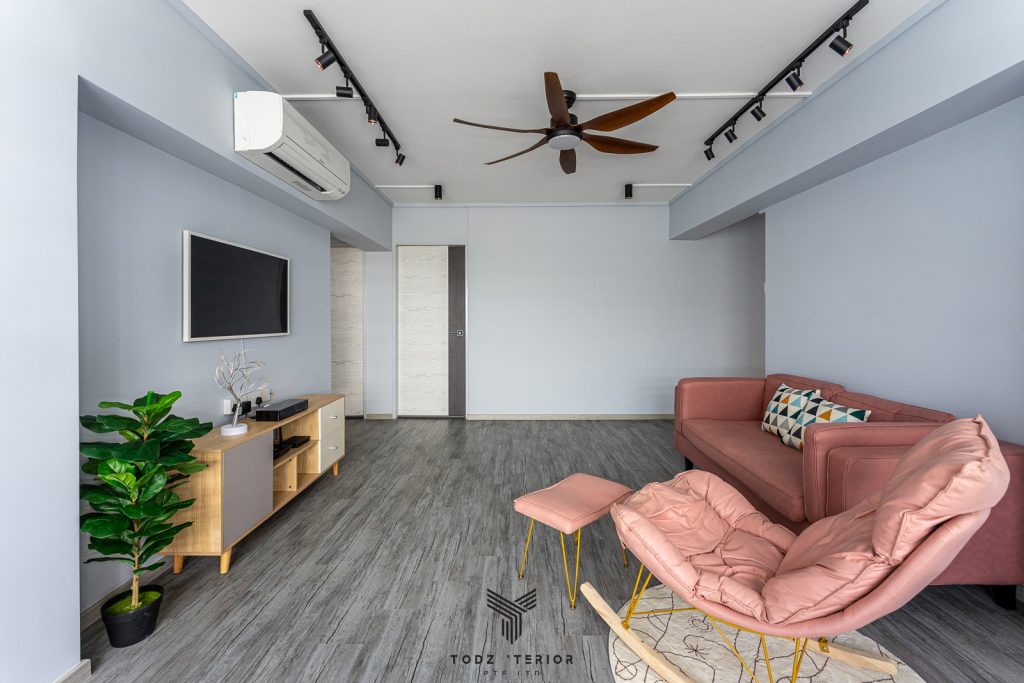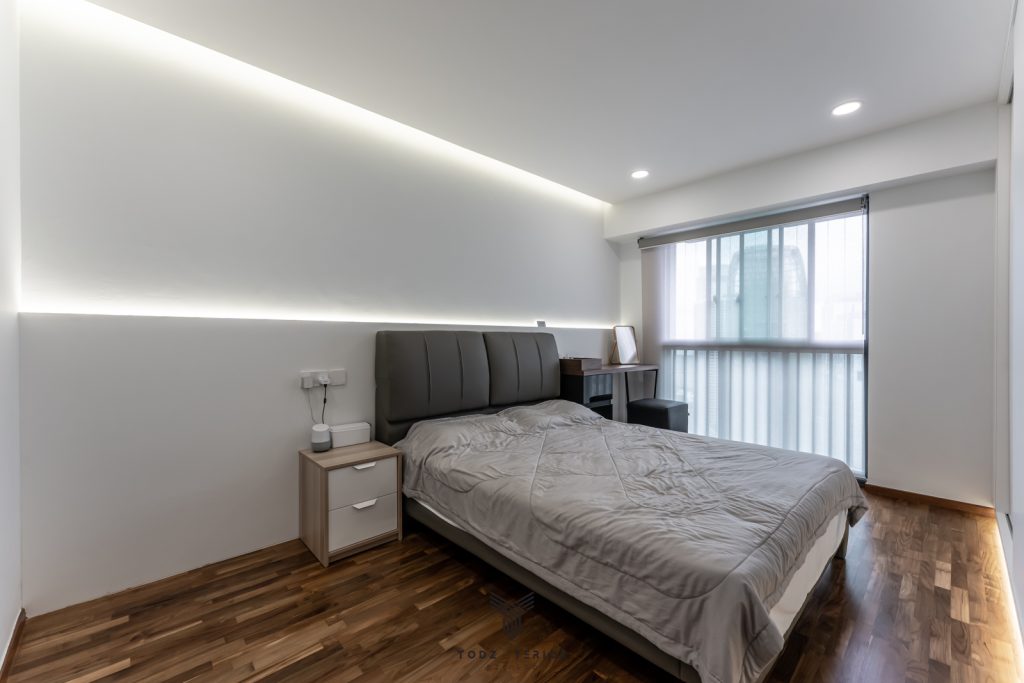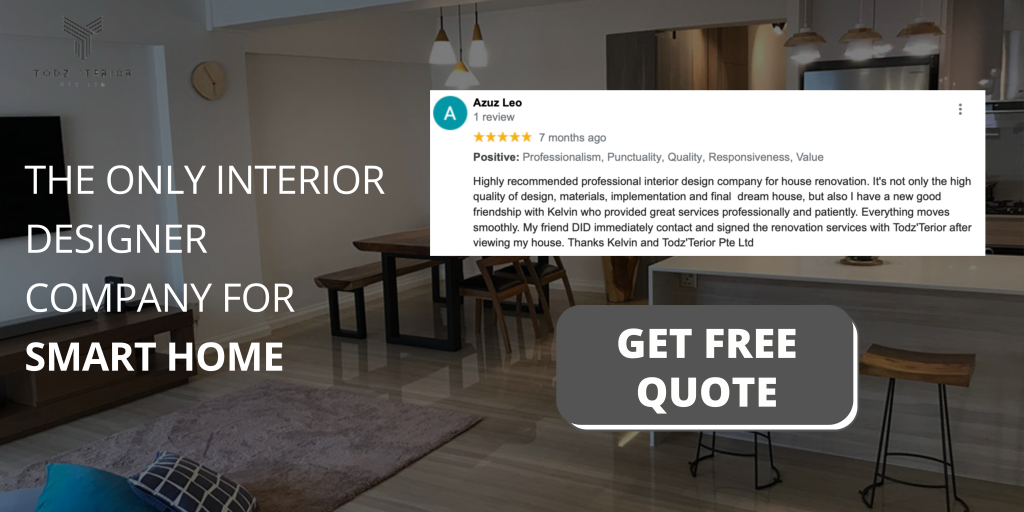When it comes to your home decor, less is definitely more. The truth is that a lot of us spend thousands of dollars each year on things that don’t really make much of an impact on our homes. What’s more, many of us keep buying stuff because we think that we’ll look good when everyone comes over to visit. This simple rule can turn your home decorating dream into reality. We’re going to share with you the 60/30/10 rules of the home decorating world.
In This Article
Toggle
What is the 60-30-10 rule?
It is a traditional decorating rule that aids in developing the color scheme of a room. According to this rule, the dominating color should make up 60% of the space, the secondary color or texture should make up 30%, and the accent color should make up 10%. The time-tested decorating maxim of 60-30-10 can make creating a color palette simple. The proportion of 60 percent, 30 percent, and 10 percent is intended to balance the colors utilized in any room. Utilizing this idea is really easy.

Examples for the 60-30-10 rule
60%
- Walls
- Accent Pieces
- Rugs
- Sofa
30%
- Curtains
- Painted Furniture
- Side Chairs
10%
- Patterned Fabrics
- Decorative Accessories
- Artwork
Choose your 3 colors
The simplest way to determine the three colors for your room is to use a color scheme based on the color wheel.
Monochromatic
Use softer and darker shades of only one color throughout the entire room. A neutral color like gray, milk, white, or greige complements this the best.
Complimentary
Choose two colors from the color wheel that are in opposition to one another. You’ll always get a beautiful balance with one being a “warm” hue and the other being a “cool” color.
Split Complimentary
Comparable to Complimentary but with a third color added. As a result, you choose a primary color, locate its complementary color next to it on the color wheel, and then incorporate another color. A good example would be to use red as the third color and have orange as the complementary hue.
Analogous
Choose three colors that are near (next to one another) on the color wheel, with the center color being the one that stands out the most. The colors blue-green, green, and green-yellow are examples of this.

How to use the 60-30-10 rule?
The room’s dominant color, or background color, is represented by the 60%. You’ll refer to the area as the “gray” room or whatever hue you decide, when you look at it. Your 30% is the next number in this rule. It will complement the primary color and serve as the room’s secondary color while still adding enough contrast to keep the area interesting. Consider it like this: you’ll only need to use half as much of this color as you did of your primary color.
Your 10% and your accent color make up the fun percentage. Depending on the look you want, it can be either more bold or more subtle. It is entirely up to you whether the 10% adds character or keeps the space significantly more neutral.
How to break the 60-30-10 rule?
It can be so simple to choose colors when you use a tried-and-true decorating rule that you might wonder why everyone doesn’t use it. However, if you’re more of a rebel when it comes to decorating and want to think outside the box when choosing colors, or if you believe you need more than three options, then go for it. There are ways to deviate from the 60-30-10 guideline while maintaining color harmony in your home, no matter your motivation.
If you feel like you have a color scheme in mind, follow it! It might turn out to be something along the lines of 40-30-20-10, 40-25-15-10-10, or even 75-15-10. In any case, focus on your percentages to avoid making things appear out of control.
Once you comprehend the fundamental idea behind this rule, you may adapt it for your own spaces because the key to any great creative undertaking has always been to grasp the rules before you break them. It also helps to understand the proper ways to use color.

We’re here to help you get started Smart Home solutions
Todzterior is the only company whose mission is to make homes “Smart”. In other words, our Smart Home solutions are built to help make your life easier. The possibilities for the future of the smart home are endless. You’ve come to the right place. We’re here to help you get started Smart Home solutions, and ensure you with smart quality as well as reliability.
